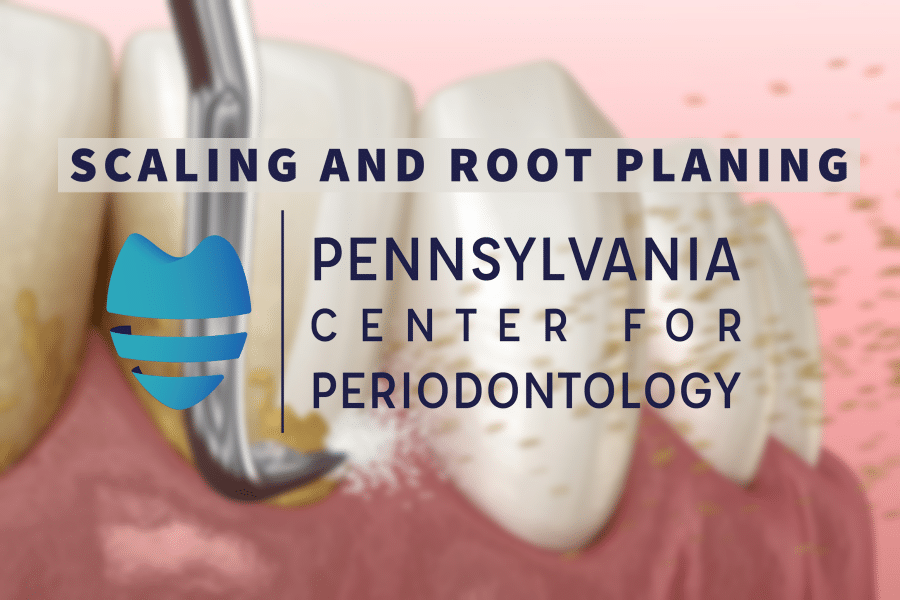Teeth scaling and root planing are considered to be the “gold standard” treatment for chronic periodontal disease.
Scaling and Root Planing (SRP) is a non-surgical gum treatment for periodontal disease. SRP is a deep cleaning that not only cleans your teeth above the gums but also below the gums where gum disease is present. This common procedure is usually the first treatment for gum disease because it helps to remove harmful bacteria called porphyromonas gingivalis, which is a main source of the active gum infection.
Who needs Scaling & Root Planing?
For patients who have been diagnosed with active gum disease, regular cleanings are not enough to treat their disease. SRP is different than regular cleanings because it cleans under the gums in deep pockets where most harmful bacteria and deposits exist. When patients have periodontitis, their gums swell, forming pockets that house harmful bacterial toxins. SRP is necessary to basically disinfect those gum pockets.
For patients with early gum disease, SRP may be the only treatment needed to heal their gums. Even if patients need to have periodontal surgery because of more advanced disease, SRP is often done prior to surgery to reduce the active infection before the surgery is performed. If gums are left untreated, gum disease could lead to bone and tooth loss.
Is SRP Painful?
SRP is a non-surgical procedure that involves minimal discomfort and virtually no downtime at all. Your hygienist may provide post-procedural instructions such as warm saltwater rinses and special home care instructions that will help soothe and heal your gums quickly.
After a deep cleaning, you may have some minimal pain for a day or two and teeth sensitivity for up to a week. Your gums also may be swollen, feel tender, and could bleed. Good dental care at home is essential to help keep gum disease from becoming more serious or recurring.
The Takeaway:
Periodontal maintenance cleanings are recommended between regular cleanings, usually every three or four months because that is how long it takes for harmful bacteria to regrow. These cleanings are similar to regular cleanings because they are one-visit cleanings of your whole mouth. You may need more than one appointment to complete the procedure. You may also experience mild side effects following the procedure for a few days or a week.
Your best chance for reducing the need for future gum treatment is by practicing diligent oral homecare, reducing your risk factors for disease, and visiting your local periodontist regularly for periodontal maintenance cleanings!
